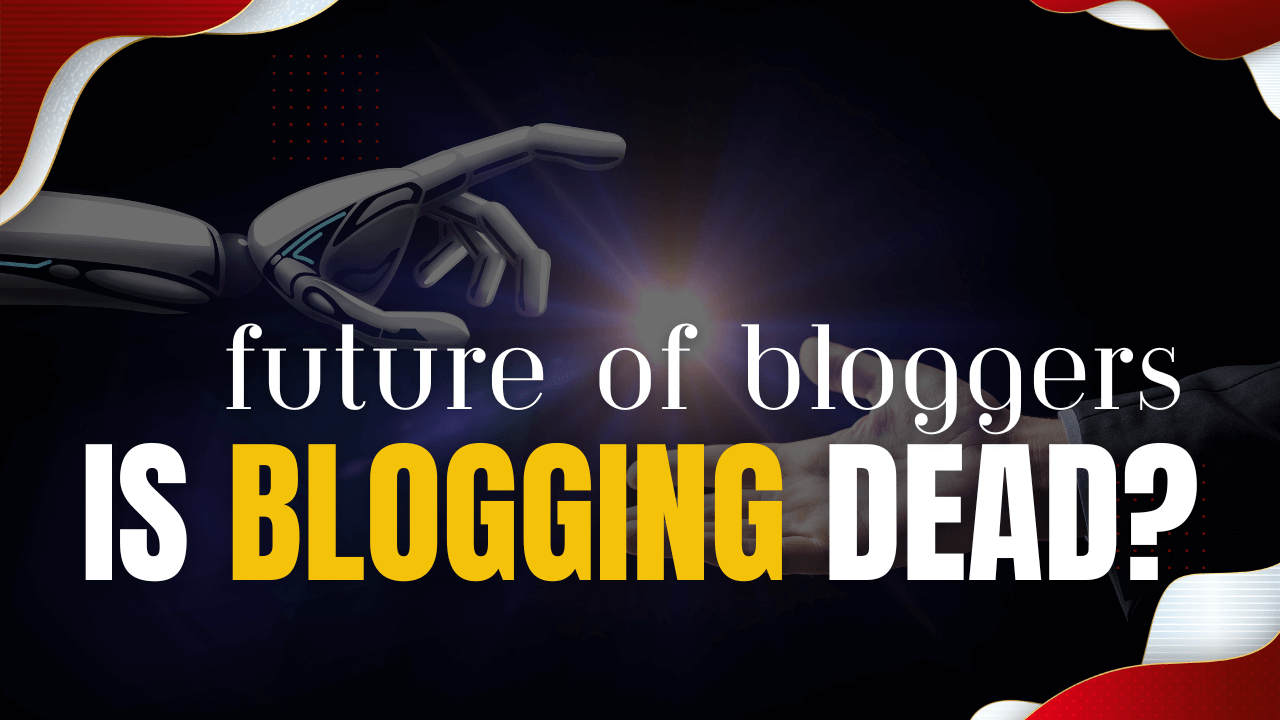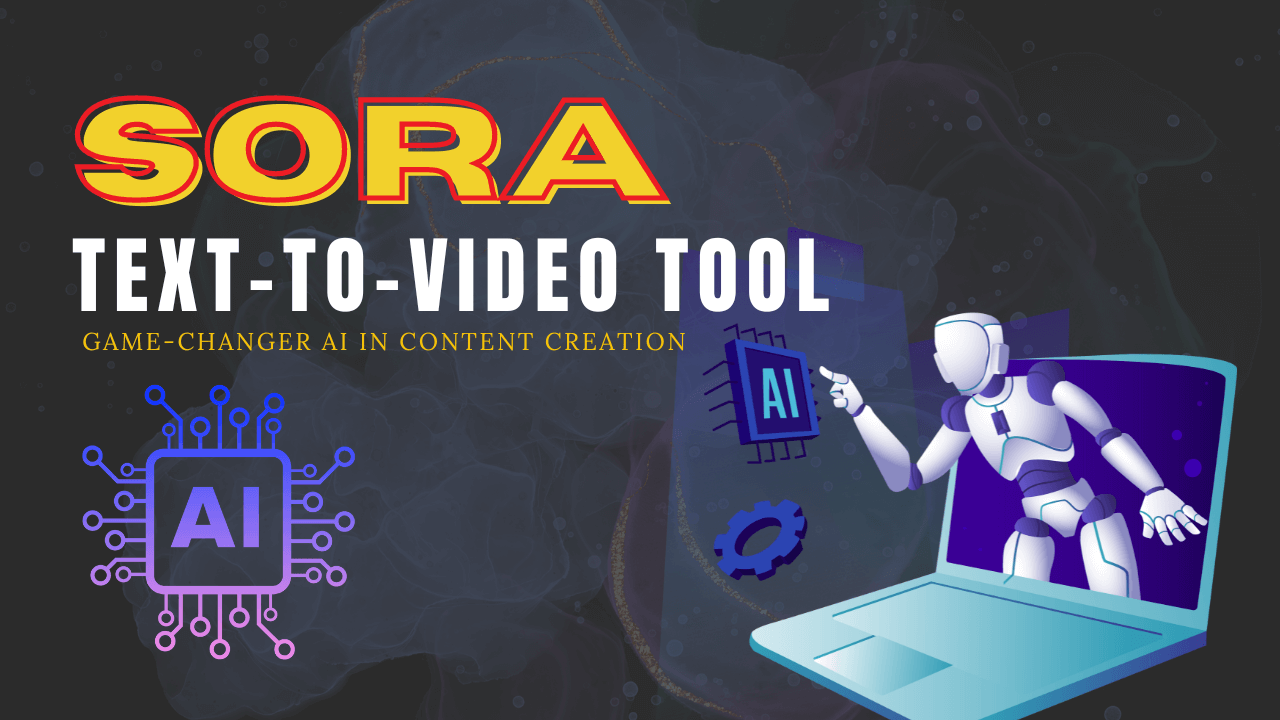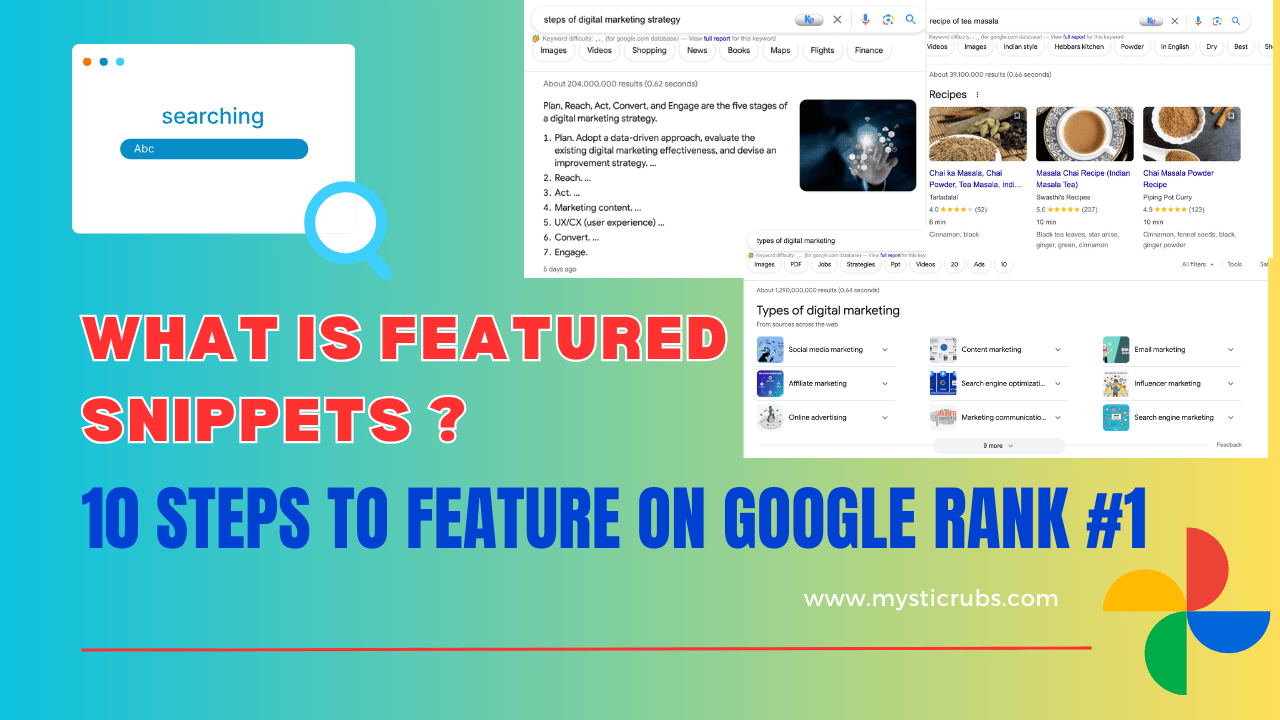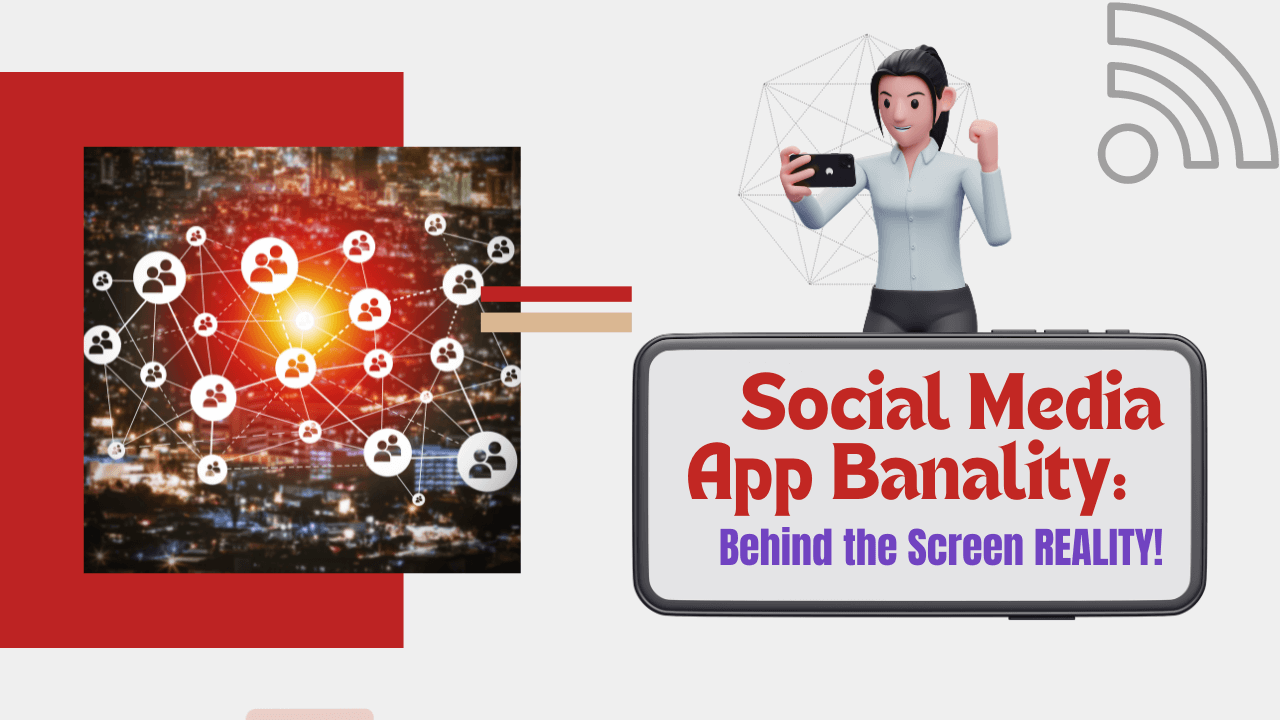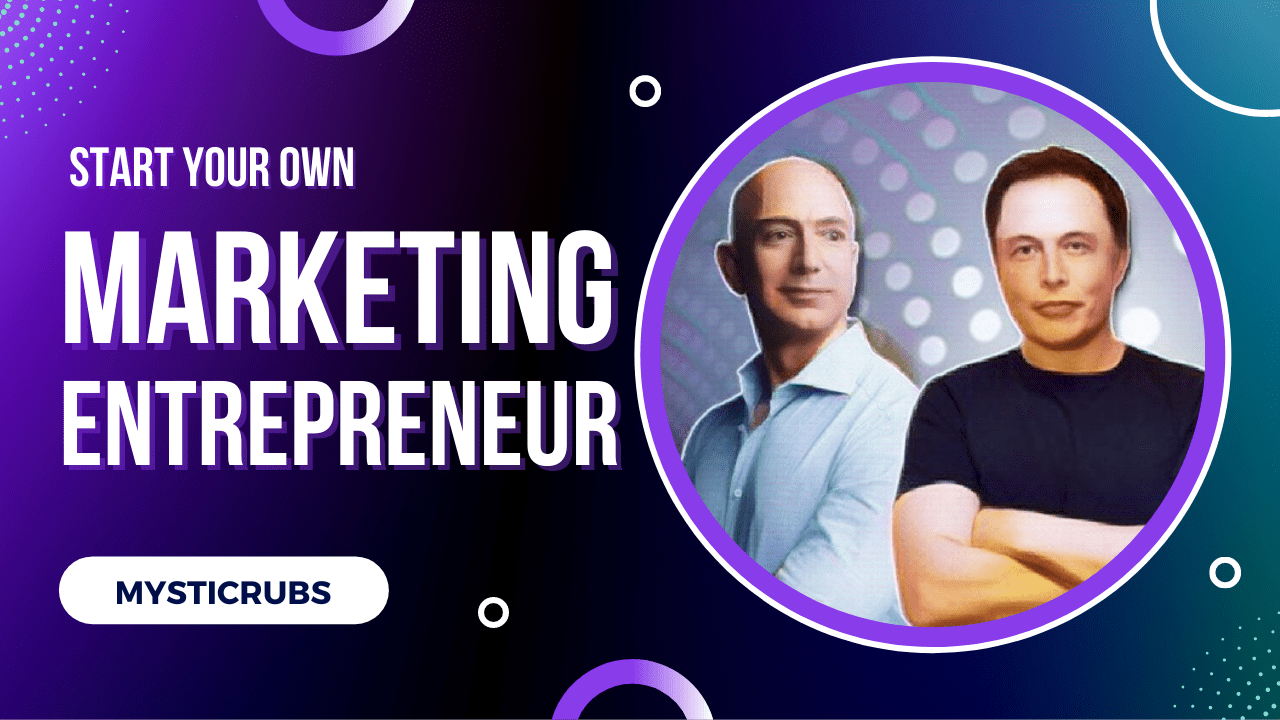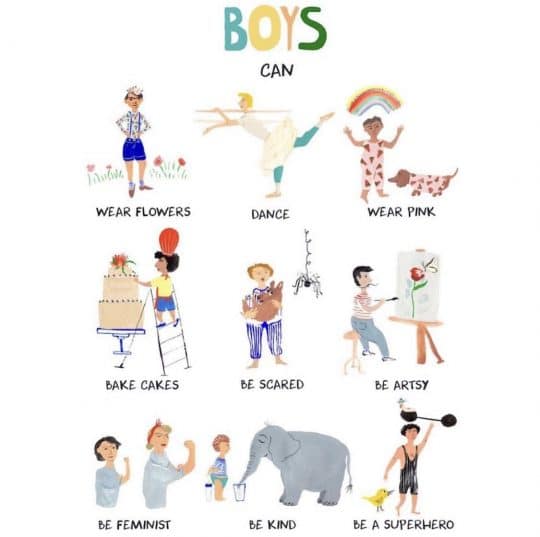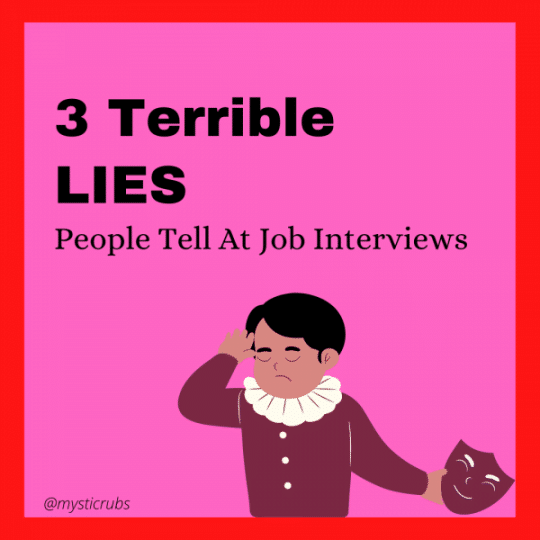Conquer Every Corner with 360 Digital Marketing Services
1 month agoNeuroplasticity: How does the brain learn?
4 years ago -
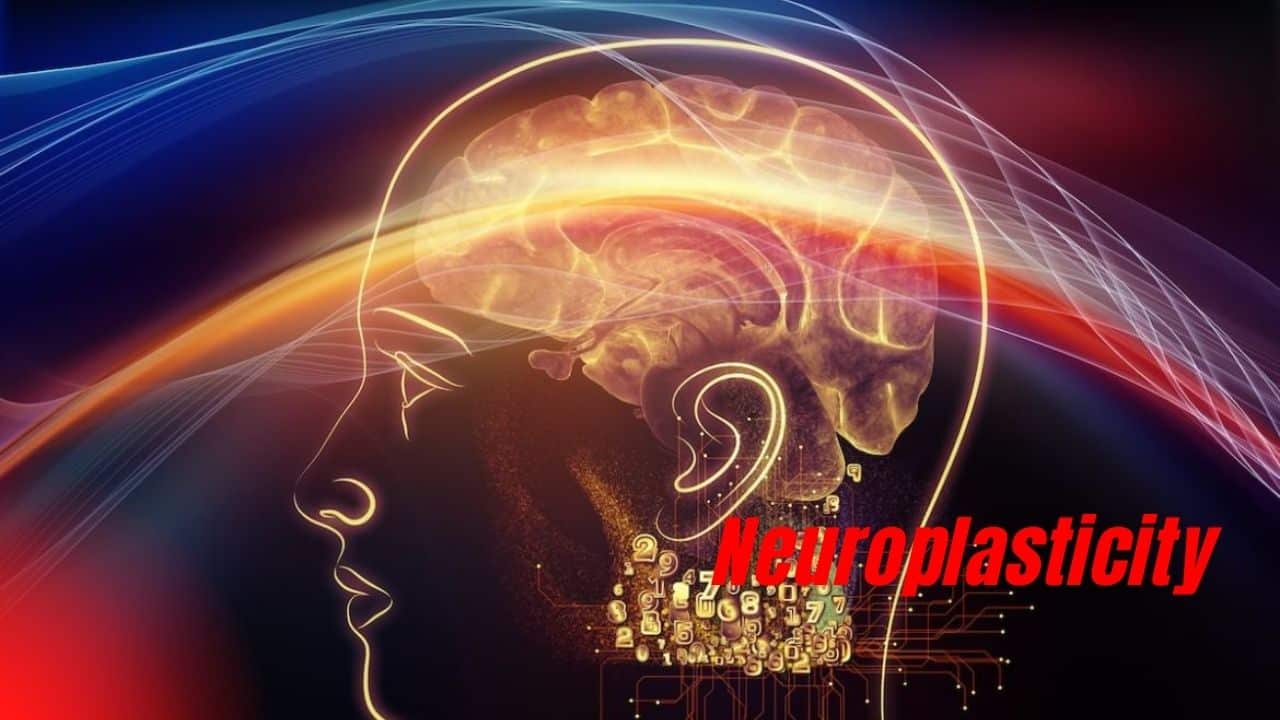
So, How does the brain learn ? How do we learn?
Why do some of us learn easily than others?
Brain Research is one of the greatest frontiers in the understanding of human physiology, and also in the consideration of what makes us who we are. What we know about the “Brain is changing at a breathtaking pace”, and much of what we thought that we knew & understand about the brain turns out to be not true or incomplete. Some of the misconceptions are more obvious than others. Another misconception is that we could only use parts of it at any given time and it’s silent when we do nothing. Well, this is also untrue. It turns out that even when you’re at rest and thinking out nothing your brain is highly active. So, it’s advanced in technology, such as MRI, that allowed us to make these and many other important discoveries. The most transformative, exciting, & interesting of these discoveries is- every time you learn a new skill or activity, we change our change your brain. It’s something, we call Neuroplasticity.
Neuroplasticity is the ability of the brain to change and re-organize itself, and its function which provides us with the brain that adapts not only to the changes given by damages.
It also allows adaption to any and all experiences & changes we may come across. For example; so as little as 20 years ago, we thought that after Puberty, the only changes that took place in our brain were negative, the loss of brain cells with aging, and the result of damage like a stroke.
Then studies began to show the remarkable amounts of reorganization in the adult brain. The research has shown that all of our behaviors change our brain which means those changes are not limited by age that takes place all the time, and brain reorganization helps to support recovery after you the damage of your brain. The key to each of the changes is Neuroplasticity.
Brain changes in three basic ways:
1. The first way that the brain can change to support learning is by Chemical
Our brain actually functions by transferring chemical signals between brain cells, called neurons and this triggered a series of actions and reactions. To support learning, our brain can increase the amount of the concentration of chemical signaling that’s taking place between neurons. This change happens very rapidly so this supports short-term memory or the short-term improvement in the performance of a motor skill.
2. The second way that the brain can change to support learning is by altering its structure
During learning, the brain can change the connection between neurons. Here the physical structure of the brain is actually changing so this takes a bit more time. This type of change is related to long-term memory, or the long-term improvement in motor skills.
These processes interact with each other. Let me explain an example of how:
We’ve all tried to learn a new motor skill, maybe learning to dance or maybe say, juggle. You’ve had the experience of getting better and better within a single session of practice, and thinking I’ve got it. And maybe you return the next day, and all those improvements from the first day are lost. What happened?
In the short-term, our brain was able to increase the chemical signaling between the neurons. But for some reason, those changes didn’t induce the structural changes that are necessary to support long-term memory. We know that long-term memories take time, & what you see in the short-term memory does not reflect the learning. The physical changes that are going to support are long-term memories and chemical changes that support short-term memories.
3. The last way that your brain can change to support learning is by altering its function
As you use a brain region, it becomes more and more excitable and easy to use again. The brain has those areas that increase the excitability, and the brain shifts how & when they are activated. With learning, we see a whole network of brain activity is shifting and changing. ‘Neuroplasticity is assisted by chemical, by structural, and by functional changes which are happening across our whole brain.’
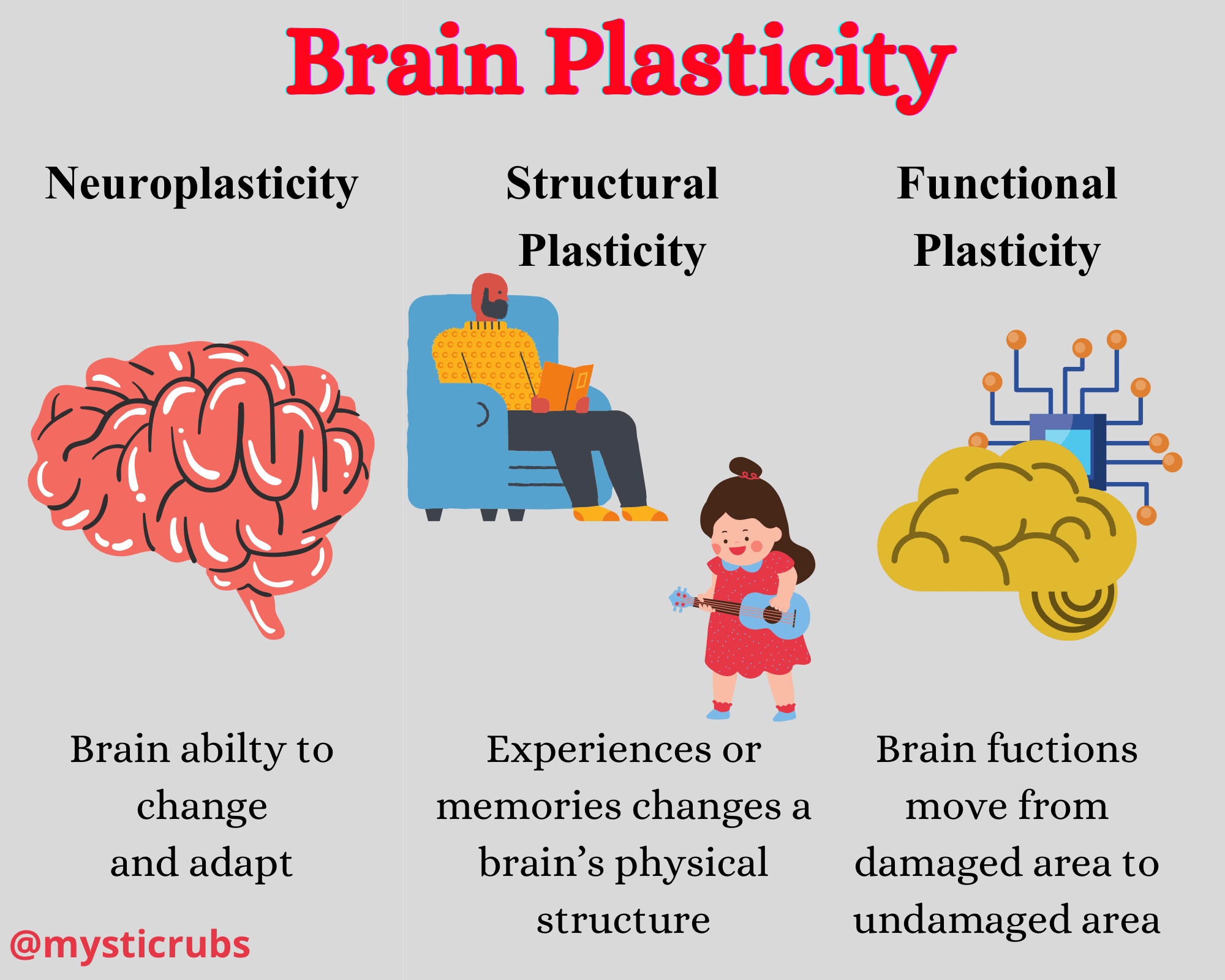
We also have seen the brain at work after trauma in stroke victims who recover their capabilities. If you suffered from brain injury due to concussion, stroke, accident, etc. your brain will rebuild in its power over time.
Neuroplasticity and Learning
When we learn, we make a new pathway in our brain. This means when we repeatedly practice the activity then the groups of neurons fire together and created electrochemical pathways that shape themselves according to that activity or memory. So, “Nothing is more effective than practice at helping you learn.” Increased struggle and difficulty in your practice lead to more learning and greater structural changes in your brain.
The problem is neuroplasticity can work in both ways. It can be positive; you can learn something new and you refine a motor skill. And, it can also be negative; you forget something you once knew, or you become addicted to drugs, or maybe you have chronic pain.
The brain is tremendously plastic, which means it is been shaped both structurally and functionally by everything you do, and also by everything you do not do. There is no recipe for learning. For some of us, it’s going to take a lot more practice, and for others, it may take far less. So, shaping our plastic brains is far too unique for there to be any single invention that’s going to work for all of us. That’s why each individual requires their own invention. Behaviors that you employ in your everyday life are very important. Each of them is going to change your brain. The uniqueness of your brain will affect you both as a teacher and also as a learner. But each of you going to change your brain differently. By understand individual patterns, variability and changes are going to enable the next great advance in neuroscience.
“Study how and what you learn best. Just repeat the behaviors that are healthy for your brain and expel/break those habits and behavior which are not. Learning is about doing the work that requires.”

